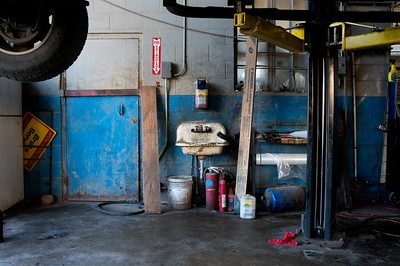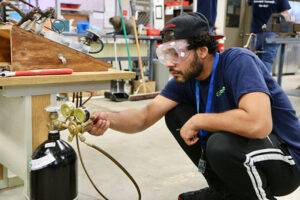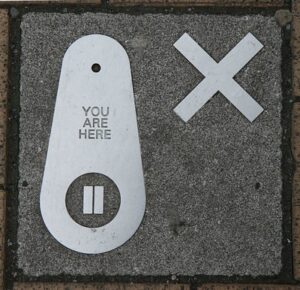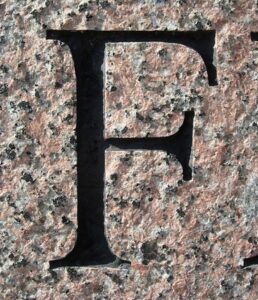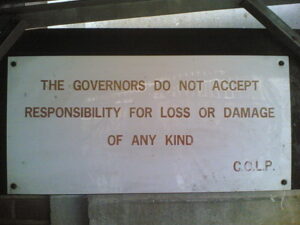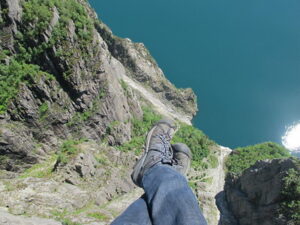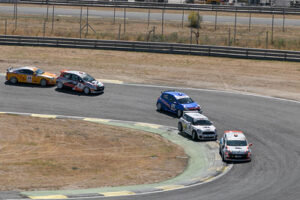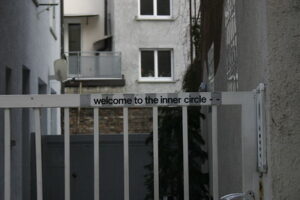Every August, WCC turns over the campus to the United Association Union of Plumbers, Fitters, Welders and Service Technicians. The College also works with other trade unions, which use the College’s facilities to conduct instructor training programs. According to the most recent budget published by the administration, WCC expects to generate about $4.3M in revenue from the various trade partnerships.
Usually, the arrival of one or more of these trade groups triggers news stories about the programs. The stories often include dollar estimates about how much the trade partnerships bring to the local economy. The figures include the number of visitors, the hotel and restaurant revenue, and other indicators of economic activity.
What the stories and the College budget don’t include is how much these events cost WCC to produce. Without knowing what the programs’ expenses are, the revenue statement doesn’t mean much. In fact, it raises questions. Does the College make money on hosting these programs? Does it at least break even? If not, how much is the taxpayer paying to subsidize these activities? And should WCC be the entity that subsidizes them?
The answers to these questions are unknown because the College doesn’t keep a firm accounting of the expenses associated with hosting these programs. We don’t know whether these programs are revenue-positive, -neutral or -negative. That could be a problem, because the College is on a mission to attract even more of these programs.
Cost accounting for WCC trade partnerships is tricky
Knowing the costs of these programs can be tricky. Delivering the UA often requires classroom facilities to be completely reconfigured for the UA’s use, then returned to the condition WCC needs its classrooms to be in for the start of the fall semester. Here’s an example of what I mean. The UA uses virtually every classroom on campus, including purpose-built classrooms like the Auto Center.
In addition to all of the specialized equipment for the auto programs, the Auto Shop also has a “barn” to store shop cars – cars the College owns for student use. The shop cars are stacked in the barn, which is also equipped with lifts to move the shop cars as needed.
To prepare the Auto Center for the UA’s use, the College must remove all of the lifts and other specialized equipment from the Auto Center. They must also remove all of the shop cars and the lifts from the barn. Everything gets moved out, stored on-site for a week, and then moved back and rebuilt within the space of a week. Visit this site if you want to know what it takes to move an auto lift.
Hidden costs may change equation on trade partnership
How much does it cost to undo, then reset the Auto Center and the barn? And does that put additional wear and tear on the lifts? Does repeatedly removing and re-installing the lifts potentially incur additional liability? Further, all of this rebuilding and resetting needs to be done in the space of a week, when the instructional staff is trying to get ready for the fall semester.
Another example is the welding classrooms. The College uses welders made by one manufacturer. The UA prefers welders made by a different company. After summer semester classes end, the College has a brief window to move its own welding machines out of its labs, replace them with the UA’s preferred welding equipment, then reverse the process in time for the start of the fall semester. These are just two examples of costs that the College incurs to deliver the UA. WCC has a lot of specialized classrooms that require tear-down and specialized setups for the trade programs.
It’s entirely possible that the College fully recovers its cost to produce them. Then again, maybe not. Without accurate, detailed accounting of the College’s costs, WCC cannot say that these events are – at minimum – revenue neutral to the taxpayer.
It is not enough to know the revenue these events produce. We must also know what it costs the College to produce these events, because these events are driving the WCC administration’s desire to build a hotel and conference center.
The administration needs to provide a comprehensive cost accounting for the trade partnerships programs, to balance out the revenue it reports.
Photo Credit: Patti Gilliam , via Flickr.com
